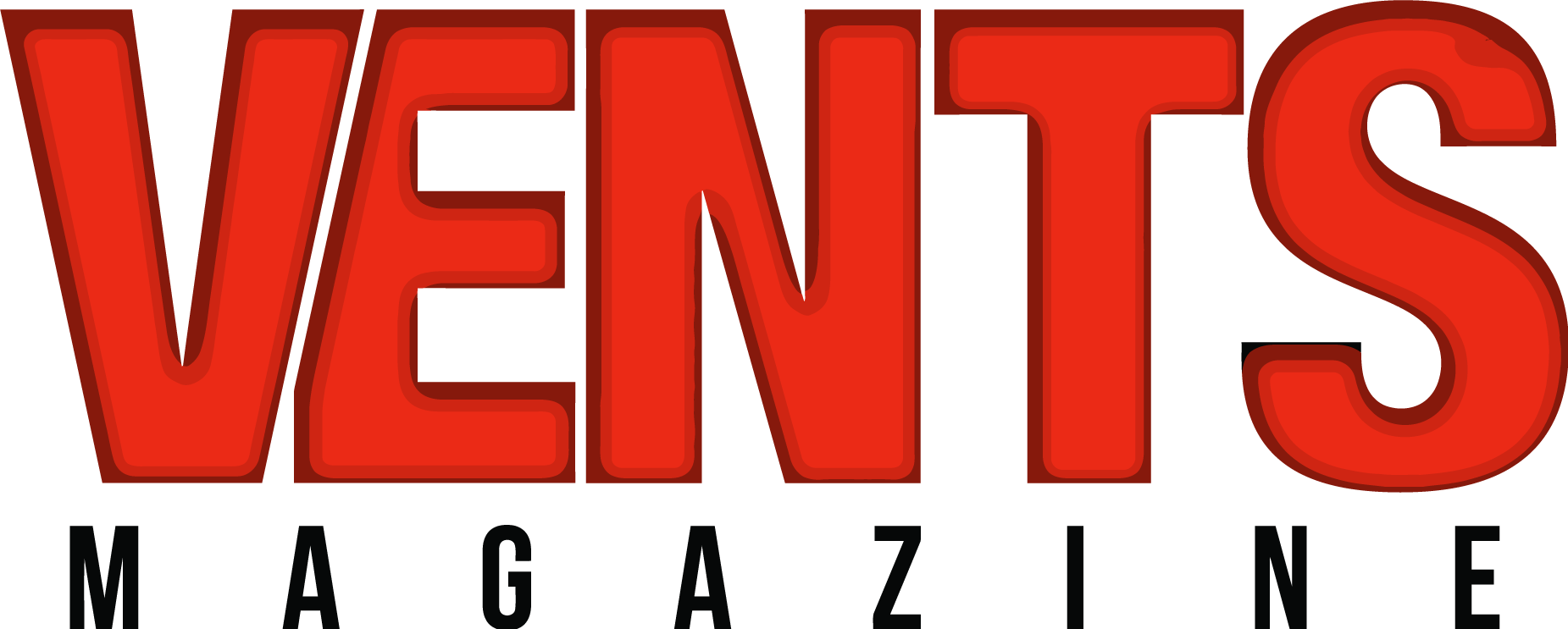
The role of mill liners in the mining and milling industry is crucial. They not only protect the mill shell but also enhance the efficiency of the grinding process. This article delves into the importance of large format mill liners and their impact on industrial operations.
The Function of Mill Liners
Mill liners serve as a protective layer for the mill shell, safeguarding it from the abrasive action of grinding media and the material being processed. This protection extends the life of the mill, reducing downtime and maintenance costs. Furthermore, mill liners contribute to the efficient grinding of materials, thereby enhancing the overall productivity of milling operations.
Benefits of Large Format Mill Liners
Large format mill liners are designed specifically for large-scale industrial mills. These liners offer increased surface area, which can significantly improve grinding efficiency. The enhanced size allows for the accommodation of bigger ore and grinding media, resulting in a more thorough grinding process.
Enhanced Durability
One of the primary advantages of large format mill liners is their durability. These liners are engineered to withstand the harsh conditions of milling operations, providing long-term service without frequent replacements. This durability translates into lower operational costs as it minimises the need for regular liner changes.
Improved Grinding Efficiency
The increased size of large format mill liners contributes to a more efficient mill operation. By allowing greater throughput, these liners ensure that more material is processed within a shorter period. This efficiency is crucial for operations where time and productivity are essential.
Impact on the Milling Process
Large format mill liners play a pivotal role in the milling process. They influence the lift of the grinding media, which in turn affects the grinding efficiency. By optimising the trajectory of the grinding media, these liners help in achieving a finer grind and improved particle distribution.
Optimisation of Mill Performance
The design of large format mill liners focuses on optimising the performance of the milling equipment. Through tailored designs, these liners enhance the lifting action and the cascading effect, both of which are critical for effective grinding.
Material Considerations for Mill Liners
The material used for manufacturing large format mill liners is crucial for their performance. Typically, these liners are made from high-quality steel or composite materials, offering the perfect balance between toughness and weight.
Factors Influencing Material Choice
Several factors influence the choice of material for mill liners, including the type of ore processed, the milling conditions, and the desired lifespan of the liners. By selecting the appropriate material, manufacturers can significantly extend the liner’s life and enhance grinding performance.
Steel vs. Composite Liners
While steel liners offer exceptional strength, composite liners are gaining popularity due to their reduced weight and improved energy efficiency. These advanced liners enhance the overall grinding process by reducing energy consumption and increasing throughput.
Installation and Maintenance
Proper installation and maintenance of large format mill liners are essential to maximise their benefits. Skilled personnel should handle the installation to ensure precision and effectiveness. Regular maintenance checks are necessary to detect wear and tear early, preventing extensive damage and reducing downtime.
Challenges in Maintenance
Maintaining large format mill liners can be challenging due to their size and weight. However, with the right equipment and expertise, regular maintenance can minimise disruptions to milling operations.
Conclusion
Large format mill liners are fundamental components in the milling industry. Their contribution to protecting the mill shell, enhancing grinding efficiency, and optimising mill operations cannot be overstated. By understanding their benefits and implementation strategies, industries can significantly improve their milling performance and reduce operational costs.
